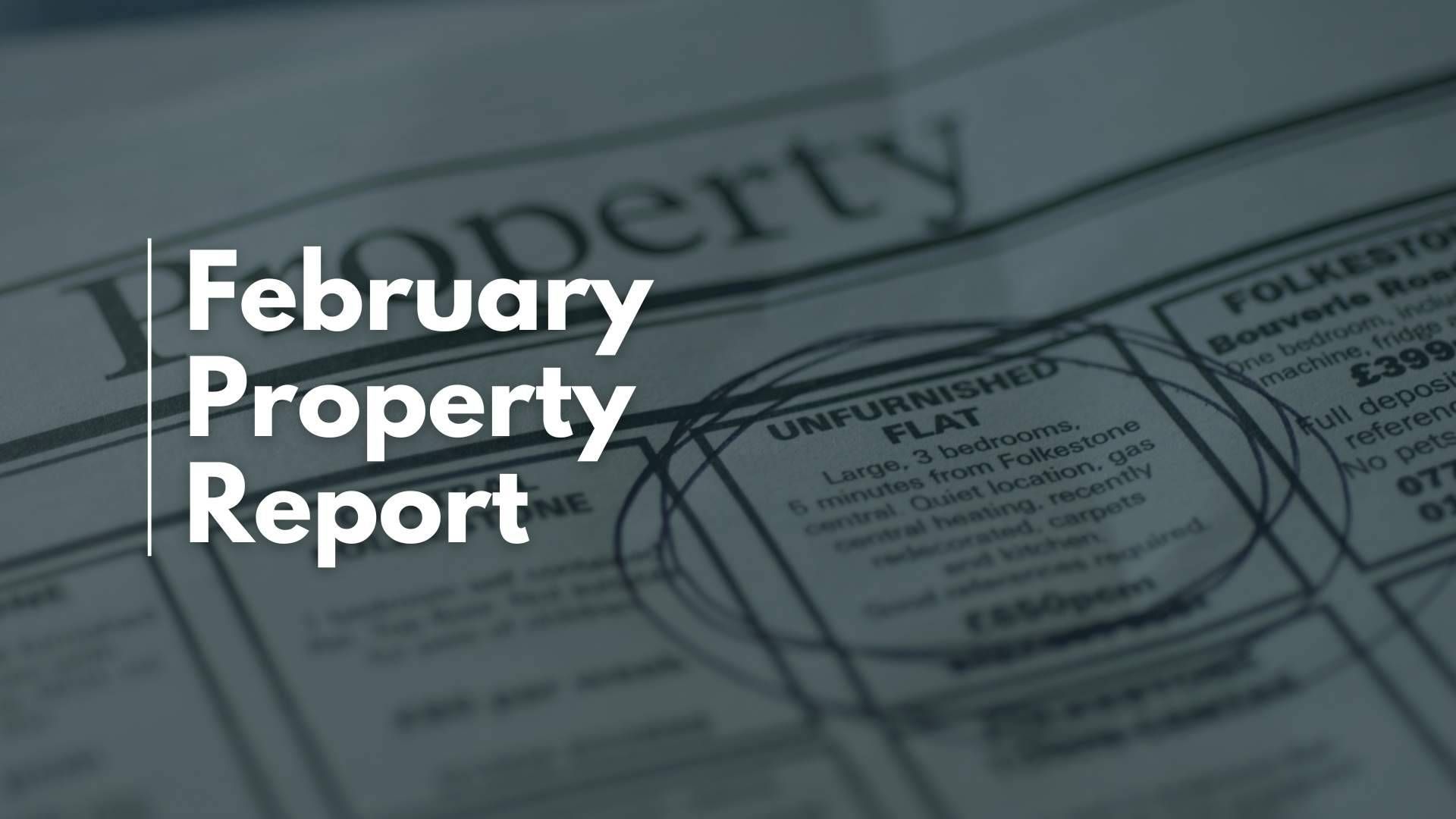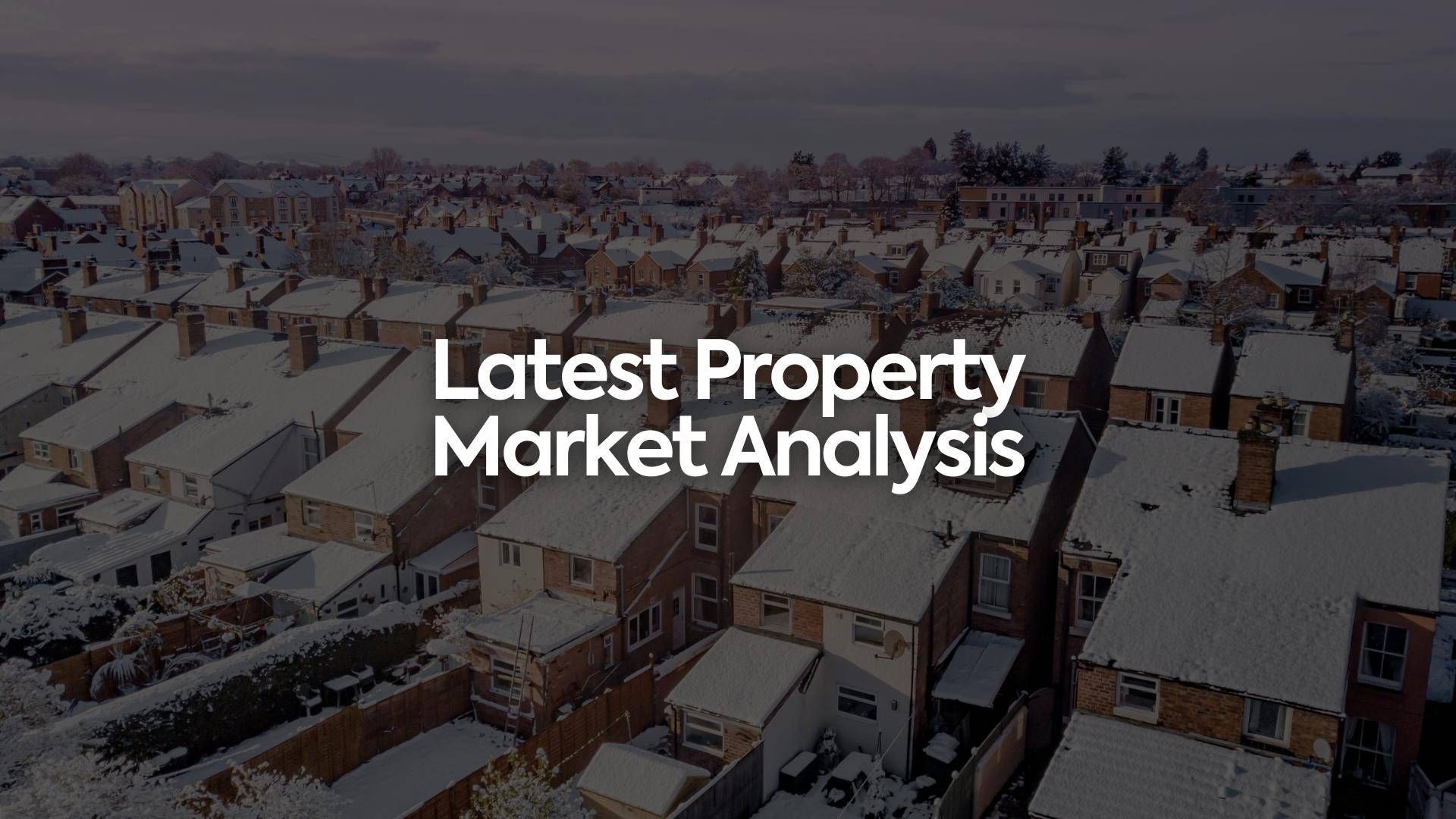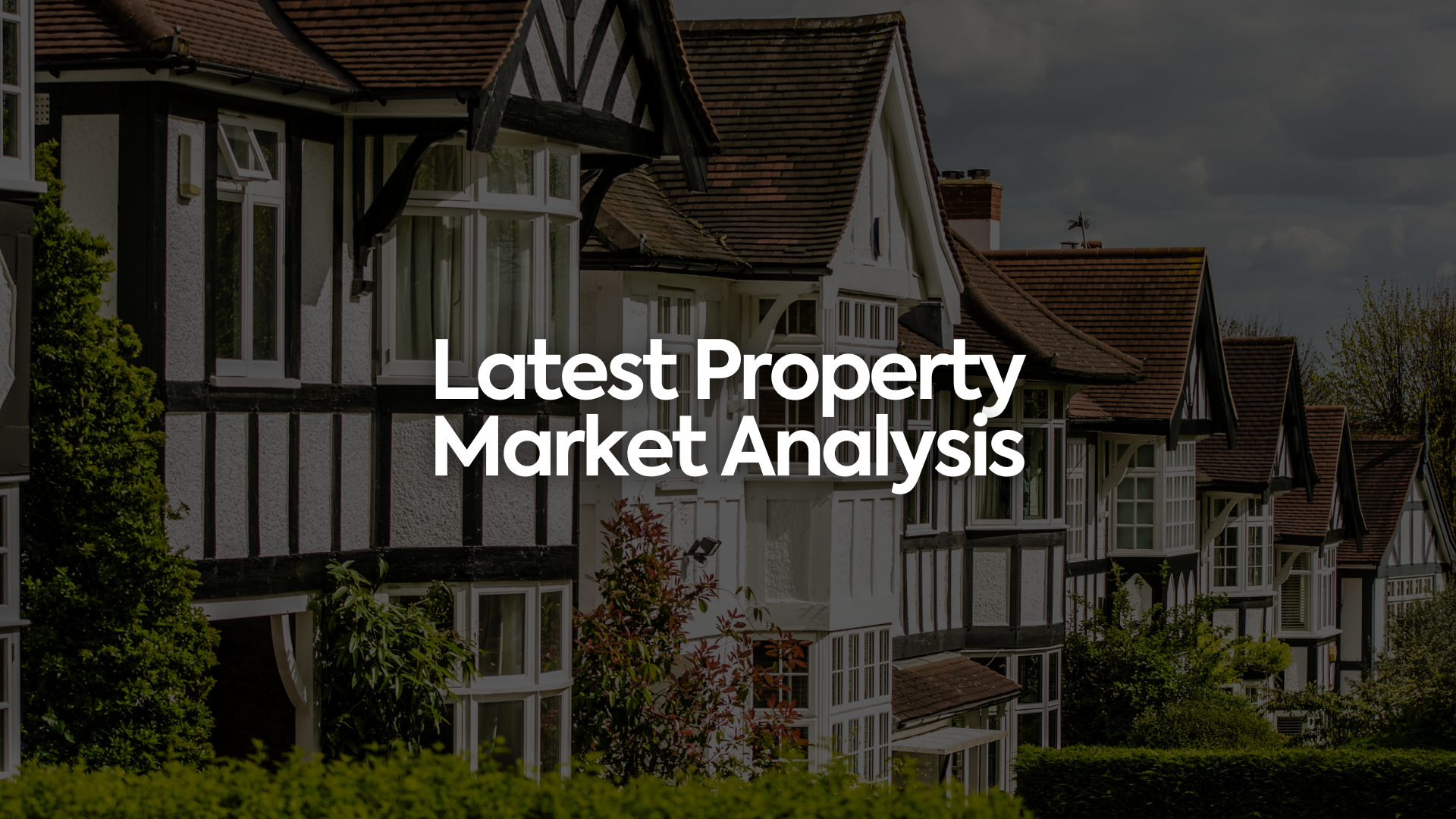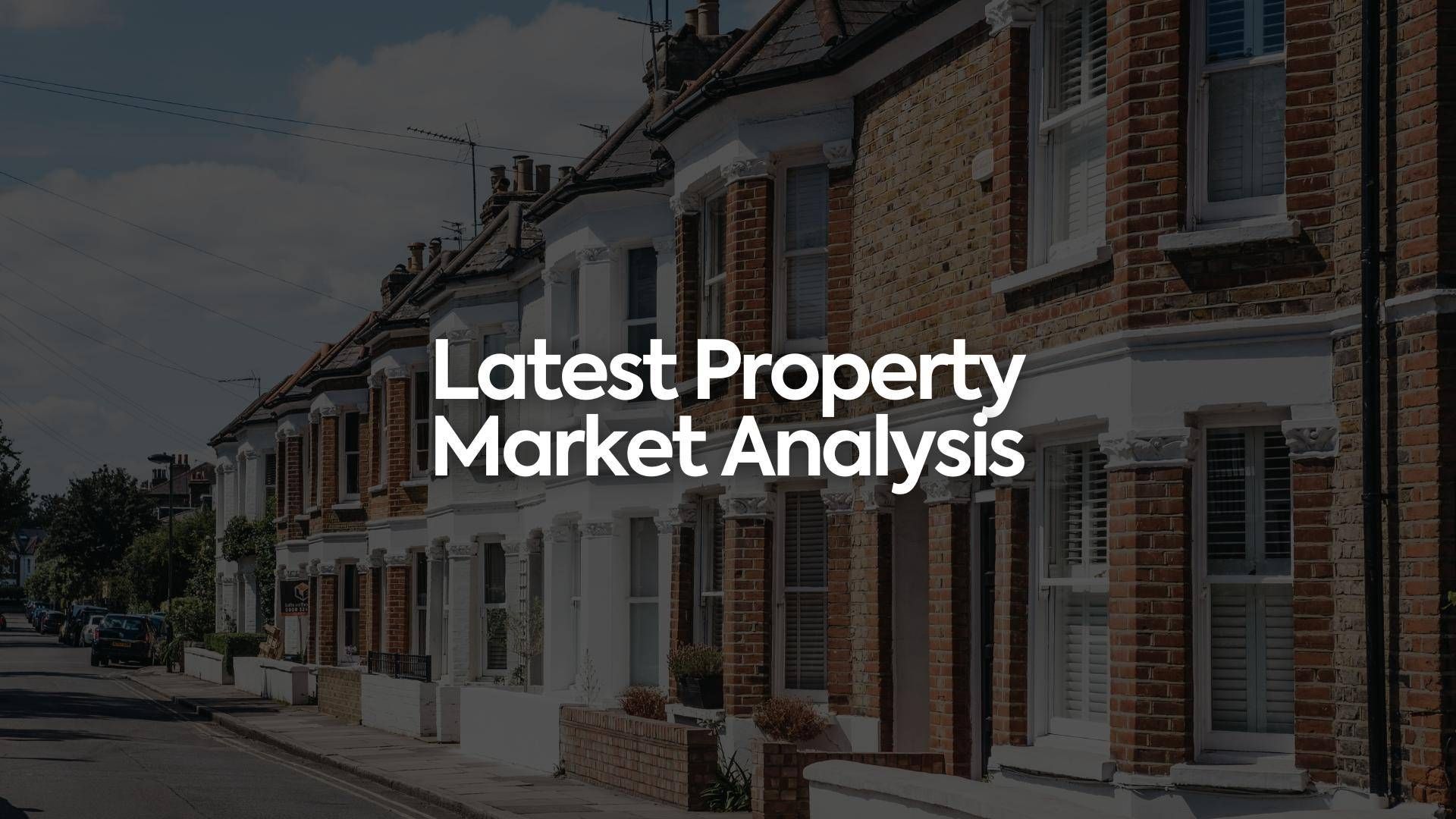
January serves a lesson in how to interpret the house price data that is released to the media. As the month drew to a close, two different house price indexes caught our eye. They told slightly different stories for the same month.
Rightmove’s analysis revealed that house prices in January 2023 were on the up again. After values fell in November and December 2022, the average price of property coming to the market for sale in January rose 0.9%. That’s a month-on-month increase of £3,301 – the biggest New Year bounce for three years – resulting in a new average asking price of £362,438.
Figures at the opposite end of the spectrum
In contrast, Nationwide found that house prices in January were falling. It charted a -0.6% drop in property values between December 2022 and January 2023. The building society puts the average house price at £258,297 – down from £262,068 in December.
Why do prices differ for the same month?
Rightmove’s House Price Index is based on asking prices. While an excellent barometer of sentiment in the housing market, a vendor’s asking price is not always the final price at which a property sells. You could, therefore, say asking prices represent a slightly inflated view of the market.
On the other hand, Nationwide uses agreed prices obtained from its mortgage lending business. House prices sampled by Nationwide should reflect price reductions that occurred between the listing and the sale agreed, such as discounts given after a detrimental survey, for instance. Perhaps Nationwide’s figures are a much better barometer of what buyers are prepared to pay, as opposed to a seller’s optimistic asking price.
What was agreed in January was healthy buyer demand but there is a caveat. Experts have agreed the pandemic created a false property economy, and they largely ignore sales data drawn from between 2020 and 2022 as it’s not a true reflection of a normal market. It’s only now that we can start meaningfully comparing conditions.
Rightmove data suggests home-buyer demand was up 4% in January 2023, when compared to the same period in the last ‘normal’ pre-pandemic market of 2019. Fellow property portal Zoopla agrees. In January, it found demand for homes exceeded pre-Covid levels, with enquiries 10% above what was noted in 2019.
In the lettings market, we may have just seen the peak of rental values, if recent figures are accurate. Rightmove’s analysis revealed the first signs of stuttering rents at the end of 2022, after a run of record growth. A rise of 0.9% in the final quarter of 2022 was the smallest quarterly increase for two years.
Rents stall, then fall
In agreement were figures from The Deposit Protection Service. It noted a 0.99% increase in rental values between Q3 and Q4 of 2022. It was, however, a case of ‘all change’ in January.
HomeLet’s January Rental Index showed the average rent in the UK has dropped 0.2% since December, to £1,172 per month. Five UK regions saw the cost of renting become cheaper, with no change to the cost of renting in two other regions.
All rise: voids creep up
It was a story of ups and downs elsewhere in the January lettings market. Goodlord reported that void periods across England rose during the month. The jump from 20 to 23 days during which a buy-to-let lays empty is a rise of 15%.
Also on the up is the number of landlords who plan to increase rents to cover rising costs. In a survey by Finbri, the catalyst for rent increases for more than half of landlords will be if the Bank of England lifts the base rate to 4.5%. It’s a level some economic experts think will be reached by mid-2023.
If you would like to know more about your local property market, please get in touch.
Share this article
More Articles
Sign up for our newsletter
Subscribe to receive the latest property market information to your inbox, full of market knowledge and tips for your home.
You may unsubscribe at any time. See our Privacy Policy.




